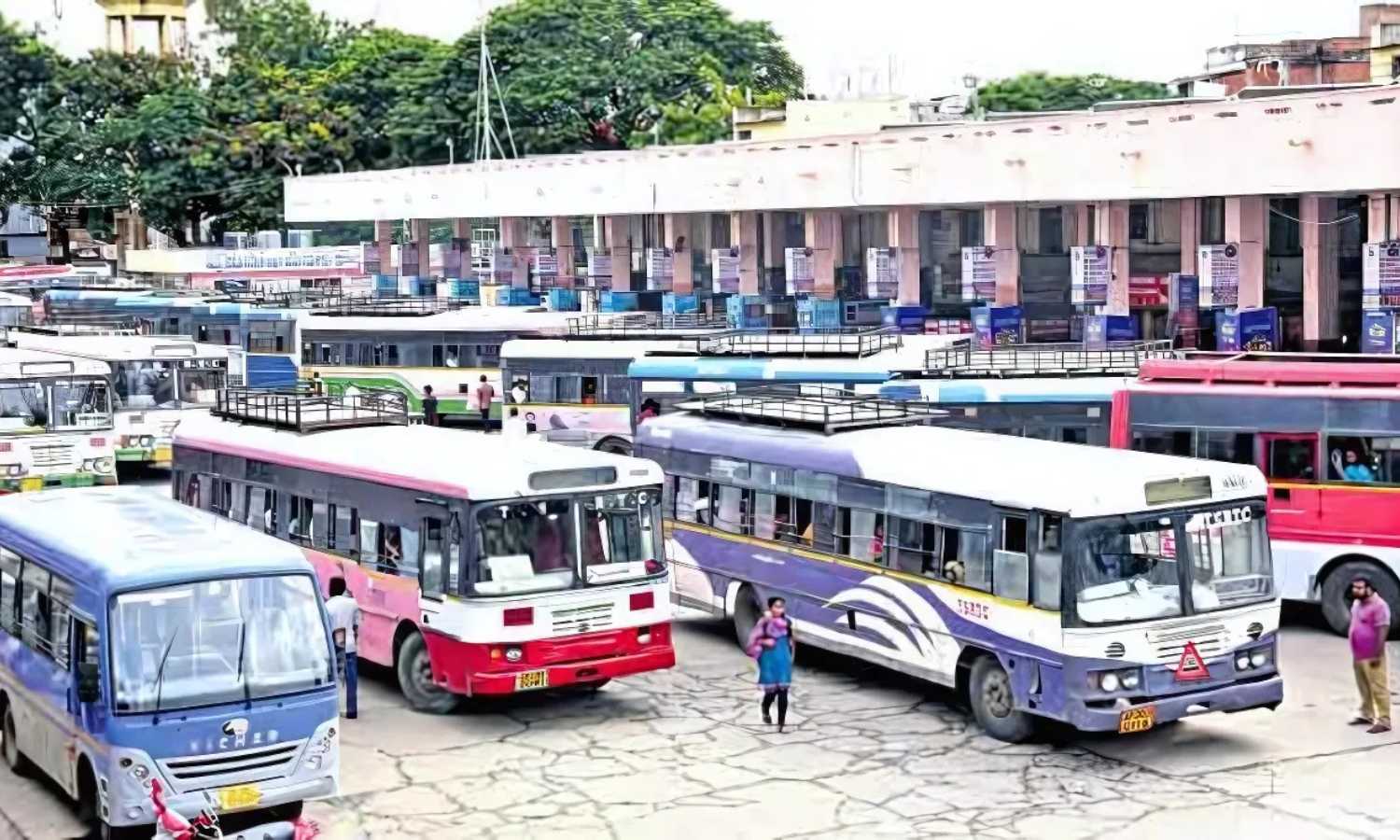Hyderabad: TSRTC is scaling up one-man operations across the state, assigning drivers to handle both steering and ticketing, as the corporation grapples with a conductor shortage exceeding 800 posts. The shift is impacting schedule adherence and increasing workload on operational staff.
While the one-man model was earlier confined to AC and non-stop super luxury services, it is now being extended to express routes, including those with heavy boarding in towns and villages. Depot managers have been instructed to map out additional such routes, with planning underway across regions.
Officials confirmed that in the Warangal region alone, more than 30 express buses are currently being operated without conductors. The Suryapet–Dilsukhnagar express is the latest addition, where the conductor was withdrawn from June 25. The route halts at multiple high-density locations such as Tungaturthi, Vellugupalli, Arvapalli, Vangamarthi, Kondaram, Kadaparthi, Nakrekal, Kattangur, Narketpally, Chityal, and Choutuppal. Drivers on this service issue tickets to an average of 400 passengers during a single trip.
Since the rollout of the Mahalakshmi free travel scheme, bus stops across Telangana’s rural and semi-urban belts have turned into crush zones. Passenger numbers have soared—and with them, the load on drivers now tasked with issuing tickets on top of driving. According to staff, delays have become routine, a direct result of the doubled-up responsibilities.
But even as the strain shows, TSRTC’s recruitment drive for 3,000-plus new positions makes no mention of hiring conductors. Drivers continue to earn a flat ₹1 per ticket—no matter the crowd, the chaos, or the complexity of the route.
Internally, officials admit the cracks are beginning to show. Fatigue is setting in, trip durations are stretching out, and the once-pragmatic one-man model is starting to buckle under real-world pressure.

